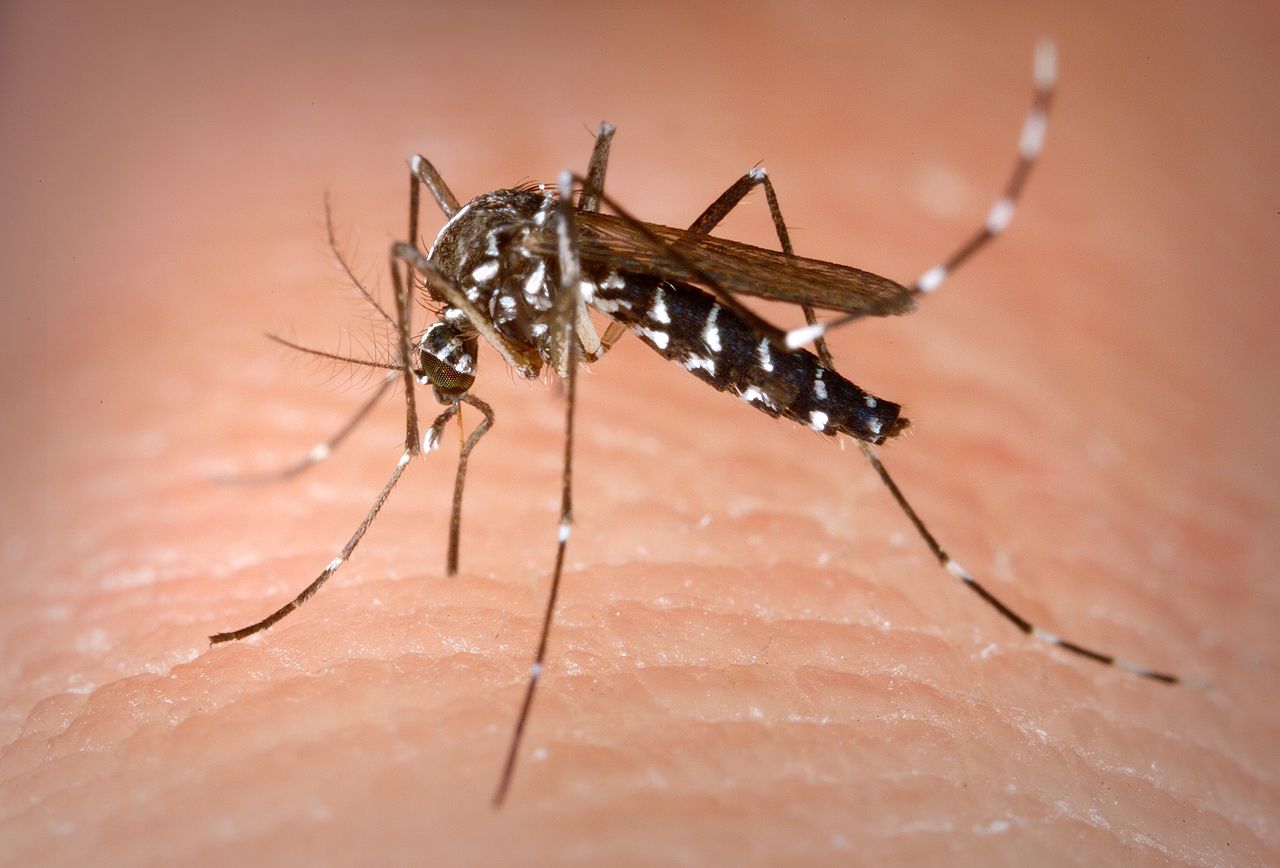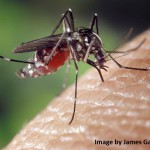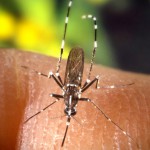Viral Comments (23): Zika and semen, one-time dangerous liaison.

Zikavirus is an arbovirus, an arthropod borne virus, a virus transmitted by arthropods such as mosquitoes. Let’s be more precise; Zika is an arbovirus, an arthropod borne virus, a virus mainly transmitted by arthropods such as mosquitoes. But there are some secondary routes. Zikavirus, but also Ebola, for example, apparently very different viruses, have a transmission path, clearly secondary, but slightly surprising: the sexual route. A secondary transmission route, although with a low likelihood, adds cases if the number of patients involved is large enough. For instance, when thousands of recovered infected people exist not taking preventive measures nor receiving the required health education. To learn more regarding Ebola, you can read a post on Ebola and a post about unknown consequences of Ebola after the last outbreak. When an outbreak is much larger than usual (10, 20, 50 times larger) unlikely symptoms and relatively rare events happen … a 1% of occurrence over 100,000 infected means many people could be affected.
Non-vector Zika transmissions can be a chronicle of a story foretold…. In 2011, an American researcher suggested the possible sexual transmission of zikavirus. It happened to a researcher who had been in Senegal and had suffered the disease before returning to Colorado (USA), transmitted the virus to his wife but not to their children. Since the competent vectors (mosquitoes, Aedes aegypti specifically) were not present in the north of this state, the logical conclusion was transmission through sexual contact. By the way, the author Brian Foy knows what he’s talking about because the infected researcher was himself.
Another case was registered in December 2013 during the Zika virus epidemic in French Polynesia, from a 44 years old man, who had suffered two episodes compatible with Zika infection, the second one eight weeks after the first one, when he sought treatment for an episode of hematospermia (bloody semen). No information was available whether he had had sex during these episodes.
Hematospermia occurred within two weeks of the second episode along with fever, headache and arthralgia. When asked, he assured not to have had physical contact with people who at that time had an acute episode of Zika. His semen and urine samples proved positive for Zika virus, while his blood sample was negative. Therefore the man was carrying the virus in his sperm without detectable viremia.
Hematospermia has many causes, and some of them are infectious and sexually transmitted, such as human papillomavirus and herpes simplex virus.
In the present case the amount of virus found in semen was not small; molecular biology techniques detected around 107 copies per ml; viral load in the urine was significantly smaller, slighly below 104 copies/ml. Viruses still kept infectivity in semen but not in the urine sample.
None of what you are reading is extraordinary; other flaviviruses have been detected in the urine of infected people such as West Nile Virus, with higher viral titres than those found on circulating blood; as well as for dengue virus, although for that virus, as well as for yellow fever virus, no infectious virus was detected in urine, just the viral genome.
The worrying element, as it is the case for Ebola, is that the virus is viable and transmissible, weeks after the acute phase has passed, with the patient fully recovered and “active.”
Recently in Dallas, as confirmed by the Centers for Disease Control and Prevention (CDC), another sexual transmission case has been reported from one person who returned from Venezuela. He apparently had sex without protection, while he had symptoms compatible with the disease, and the infection was transmitted to his partner.
If vector transmission was a highway, sexual transmission would be a narrow street, narrow but allowing circulation. And when we put on stage the theory of large numbers, an entirely anecdotal event in a small outbreak can be transformed into a more serious, and less traceable, subject when the epidemic involves hundreds of thousands of people… like it is the scenario in South America, right now.
But this, this is another story.













